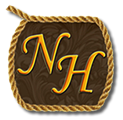Trailer Training Is Not A Last Minute Task
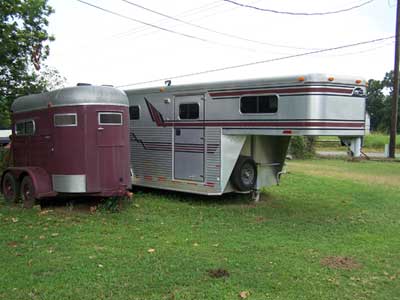 Dollar is my 6 year old palomino gelding. I named him after the horse John Wayne rode in his movies. Never mind that the movie Dollar was a sorrel, I am just one of those avid “Duke” movie fans. Anyway, Dollar is just about as laid back as a horse can get. I haven’t found anything that bothers him. He also has as much curiosity as any cat. He’s always looking to see what you are doing and at times it seems like he would really rather help you with whatever it is you’re doing. He’ll walk along side of the tractor while the pasture is being mowed looking like he’s trying to tell you how to drive & mow. He stands guard by a ladder while you are on the roof. He also likes to floss his teeth with the tail of the lead rope you have him tied with.
Dollar is my 6 year old palomino gelding. I named him after the horse John Wayne rode in his movies. Never mind that the movie Dollar was a sorrel, I am just one of those avid “Duke” movie fans. Anyway, Dollar is just about as laid back as a horse can get. I haven’t found anything that bothers him. He also has as much curiosity as any cat. He’s always looking to see what you are doing and at times it seems like he would really rather help you with whatever it is you’re doing. He’ll walk along side of the tractor while the pasture is being mowed looking like he’s trying to tell you how to drive & mow. He stands guard by a ladder while you are on the roof. He also likes to floss his teeth with the tail of the lead rope you have him tied with.
Dollar has had his moments where he didn’t want to load in a trailer. I have had to do last minute trailer training while trying to go to a show. I have also had him refuse to load in the trailer when trying to leave the show. Almost all horses at one time in their lives will be difficult to load in a trailer. But consistent training and practice rides have helped immensely. He now just walks into a trailer like an old pro.
My trainer, Ellen, told me she had to use Dollar this last weekend. One of the other horses (let’s call him Teddy) at the barn had been sold and was leaving. The new owner could not get Teddy to load in the slant load trailer. Teddy is just a big kid (about 16.5h) and really had little training. He stopped at the trailer door and refused to budge. The new owner decided some trailer training was going to be necessary before leaving. After several failed attempts, Ellen offered to get Dollar out of the pasture. Dollar was Teddy’s “pasture and play mate”. Dollar was loaded first and then Teddy was led up to the trailer. He was quite reluctant to load. He did get his front feet in the trailer and immediately backed right out. He did this a few times, each time inching further in the trailer. Finally, Teddy stepped all the way in and stood nervously beside Dollar. Ellen told the new owner to just let them chill there for awhile, so Teddy would become adjusted to the trailer. Then both were unloaded so Teddy could be loaded by himself. Next Dollar was tied to the outside of the trailer as an enticement for Teddy to load. It took a while, but Teddy was finally coaxed back in the trailer. Ellen took Dollar back to the pasture. Before she walked back to the barn, there was Teddy standing at the gate ready to go back to the pasture. The new owner told Ellen that Teddy had managed to get his head over the divider bar and his neck was caught between the trailer wall and the divider. He couldn’t get loose by himself. To keep him from becoming terrified, he was freed from his precarious predicament and he immediately escaped from the trailer.
Well now, you can just imagine how hard it was going to be to get Teddy back in the trailer this time. No amount of coaxing or bribing with his favorite treat seemed to work. So it was back from the pasture for Dollar. This time, tying Dollar outside the trailer did absolutely no good. Since Teddy was wise to this trickery, Ellen decided it was time to actually load Dollar in the trailer again. By this time, Dollar was a little tired of the this game also. He balked. But after being walked around in a circle, he loaded right in. Teddy took some convincing. He was convinced by 2 people locking arms behind his haunches & helping him in the trailer. Ellen told the new owner to tie Teddy in the trailer. This way he wouldn’t escape again.
Now, how to get Dollar out of the trailer. The new owner offered to let Teddy out so Dollar could be unloaded. Ellen graciously declined this offer because it had taken literally 3 hours to get Teddy to this point. Spending another 3 hours loading this big baby was not what Ellen had imagined for her afternoon. She said she would get him out through the escape door. She threw the lead rope over Dollar’s back, opened the escape door and called for him. She had placed the bucket with the remaining food about 3 strides away from the trailer. Dollar looked at the food and started out. He then saw the ground which was a very long drop. He backed up, looked at the grain and Ellen called him again. Dollar once again stepped towards the escape door, once again looked at the ground. Then he stepped forward enough to get both feet on the ground. He never balked after that and just stepped right out the door and walked over to the bucket that held his treat. The new and old owners just looked in amazement. All Ellen said was “He’s not for sale” , turned and walked Dollar back to the pasture.
The point of this story is not about the loading/unloading methods (through the escape door) that were used on Dollar. Neither Ellen nor I advocate this method used for anyone! It was used because we both know the temperament of Dollar and knew his trailering abilities. Please do not try this with your horse. So what is the point of this story? If your are selling a horse, be honest about the experience your horse has with trailering. If you are buying, ask to see the horse load in trailer and maybe even take a small trip to see how the horse rides. If you are going to a show, trail ride or even just to the vet, don’t wait until you need to leave before you trailer train your horse. All you’ll get is frustrated with your horse and your horse will probably develop a very negative attitude towards trailering. Take the time to trailer train your horse properly and take him on small trips every now & then to reinforce the training. Nothing takes the place of preparing you and your horse for anything, whether it be riding or trailering.
How do I know this . . . don’t ask!
Leave a comment & tell us one of your horse trailer stories.

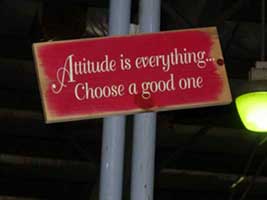
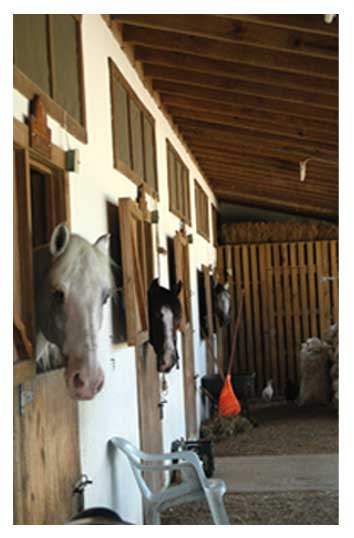
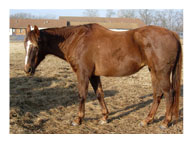
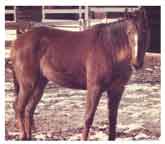
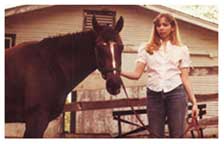 This is where I come in. I had never owned a horse, I had never taken care of a horse and I had only ridden a few backyard pets that my friends had. I was a stupid 20 something and was just as horse crazy then as when I was at 4. Oh yeah, I was also recuperating from a very bad fall off a lesson horse trying to learn how to jump fences. I was told Iggette was going to the sale barn and I just couldn’t let that happen. I talked my husband into buying her. I wasn’t sure what I was going to do with her, but I knew I couldn’t let her go to the sale where she might end up in the hands of the killers. I bought her without even going to look at her first. This is how I became a novice owner.
This is where I come in. I had never owned a horse, I had never taken care of a horse and I had only ridden a few backyard pets that my friends had. I was a stupid 20 something and was just as horse crazy then as when I was at 4. Oh yeah, I was also recuperating from a very bad fall off a lesson horse trying to learn how to jump fences. I was told Iggette was going to the sale barn and I just couldn’t let that happen. I talked my husband into buying her. I wasn’t sure what I was going to do with her, but I knew I couldn’t let her go to the sale where she might end up in the hands of the killers. I bought her without even going to look at her first. This is how I became a novice owner.